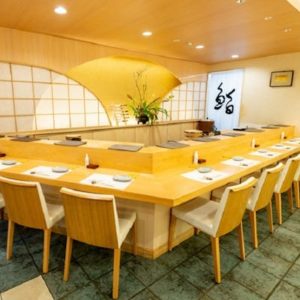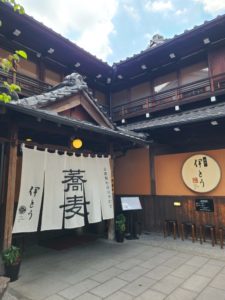Late August. I visited the Manchurian Peace Museum in Achi Village, Nagano Prefecture.
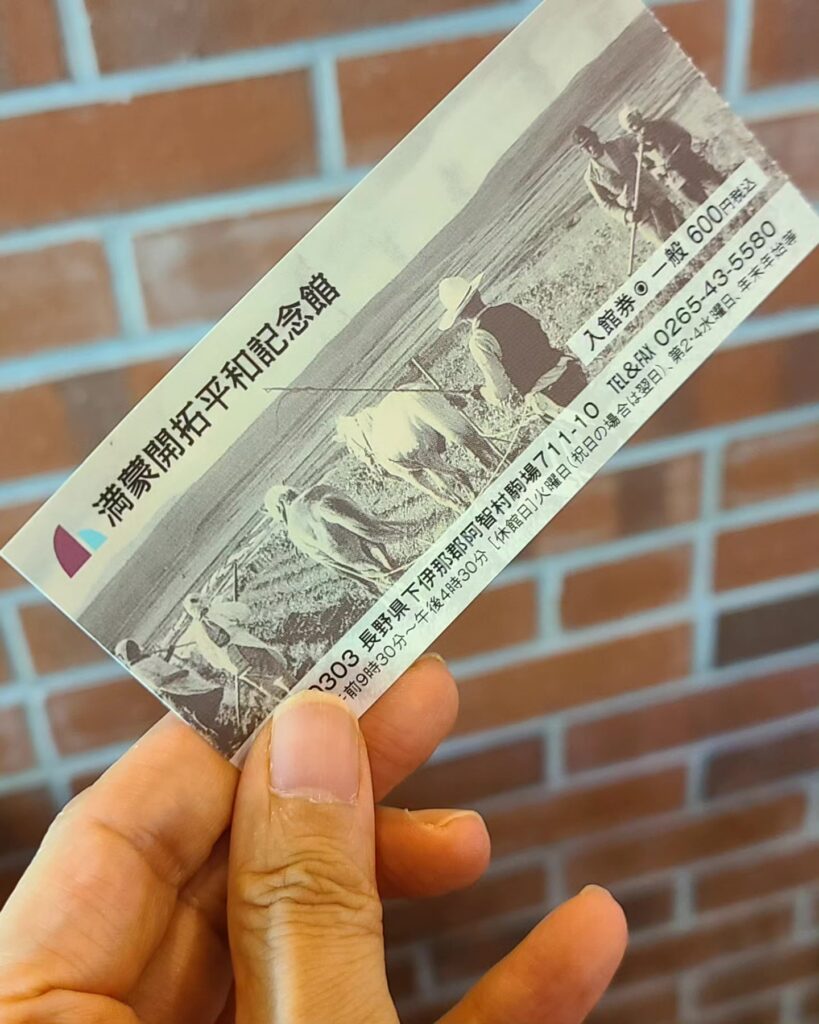
It all started when I was sorting through my grandmother’s belongings after she passed away. I found an old, dusty cardboard box in the back of a closet in the Japanese-style room at my grandmother’s house. When I looked inside the box, I found a large number of albums.
Among them, I found several albums that my grandfather had left behind. He passed away from lung cancer when I was 4 or 5 years old. Then, 40 years have passed, and I hold my grandfather’s albums in my hands as if they were some kind of message. I have many cousins and aunts. And I was living in Tokyo at the time, the furthest away from my grandmother’s house in Nagoya, considering. And yet, I was the one who got that album. (When my grandmother passed away, I was the last person to see her alive.)
I believe this means something. Because the photos in that album were the ones that told the history of my grandfather’s time in Manchuria.
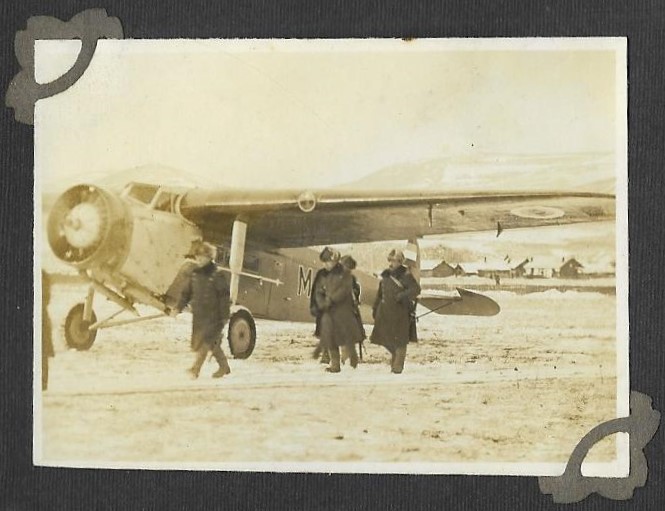
Until then, I had no idea that my grandfather had been deployed to Manchuria; he was there from 1934 to 1936. After the Manchurian Incident and before the Pacific War. After returning to Japan, my grandfather became ill and was not sent to war, but the war ended without him. When I found my grandfather’s photo album, I became very interested in Manchuria, which I had not been interested in before.
When I mentioned this to an acquaintance, he told me that there was a “Manchuria Peace Museum. It is a sad page of history, but the sadder reality is that only students from the vicinity of Achi Village in Nagano Prefecture have studied this history.
What is the Manchurian Mongolian Settlement?
The Manchurian Settlement was Japan’s national policy of agricultural immigration to Manchuria (Northeast China) after the Manchurian Incident. 270,000 Japanese agricultural immigrants moved to Manchuria over a 14-year period from 1932.
These immigrants were called “Manchurian immigrants”.
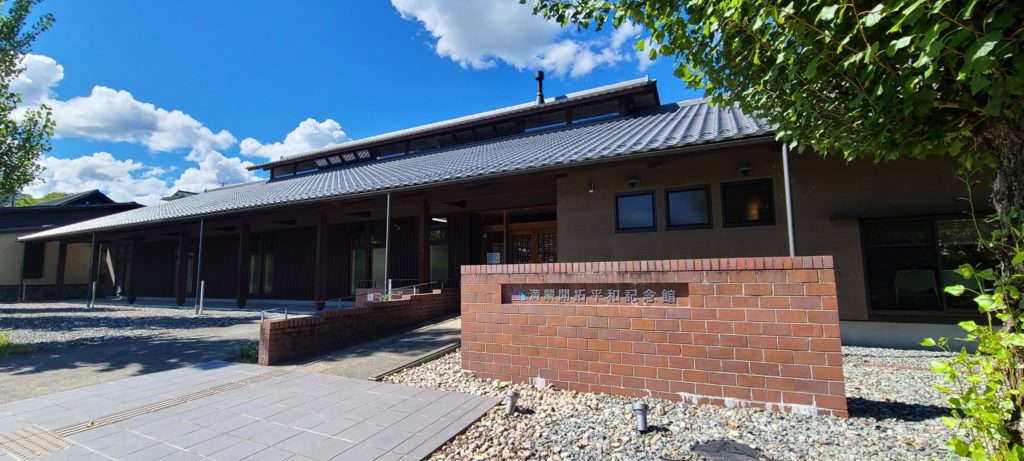
The Manchurian immigrants were Japanese who immigrated to Manchuria, Inner Mongolia, and North China after the Manchurian Incident in 1931 and before the defeat in the Pacific War in 1945, which was promoted by the national policy of the Japanese government.
At that time, Achi Village in Nagano Prefecture was in a terrible state of poverty, and many people from Nagano Prefecture emigrated to Manchuria under the hype of the Japanese military and government that “if you go to Manchuria, you will become a landowner. However, on August 9, 1945, the former Soviet Union invaded Manchuria, and although they escaped with their lives, many passed away from disease and starvation. After Japan lost the war and the country came under the rule of GHQ, they were finally able to return home one year after the war, but by then, about 80,000 Japanese immigrants had died in Manchuria due to war attacks, epidemics, and mass suicide, and were unable to return to Japan.
They were victims of the war and must have had a hard time even after returning to Japan.
If I had not found my grandfather’s album, I would never have known about Manchuria. I believe that knowing the history of Manchuria is a message to me that my grandfather conveyed to me that he wanted me to learn. I am sure there is some meaning here.
What is very sad is that most Japanese are unaware of this historical tragedy.
We must not forget that the peace of our country is based on many sacrifices. If my grandfather had remained in Manchuria as he was, I am sure I would not have been born into this world. Life is connected with beads. We should be grateful for that. If we look back on history, there are many sacrifices of lives.
English Ver. Pamphlet
Information about the Manchurian Peace Museum
711-10 Komaba, Achi-mura, Shimoina-gun, Nagano
0265(43)5580 Japanese Only
Opening hours: 9:30 a.m. – 4:30 p.m. (Admission until 4:00 p.m.)
Closed: Tuesdays (or the following day if Tuesday is a national holiday)
The 2nd and 4th Wednesdays of the month, year-end and New Year holidays, etc.
Admission: Adults 600 yen, Elementary, Junior high, and High school students 300 yen (100 yen discount for groups of 20 or more)
Free parking: 3 large buses, 30 standard-sized cars


